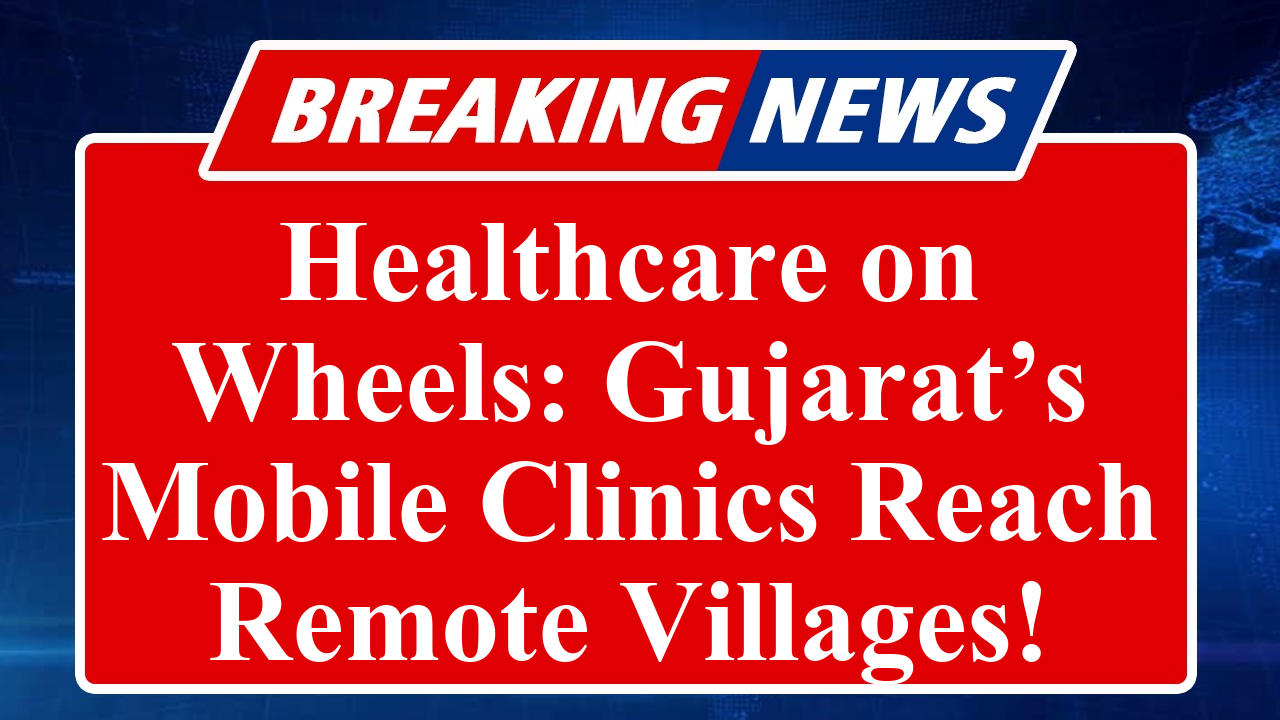Gujarat’s mobile clinic scheme, launched on 13 June 2025, aims to bridge healthcare gaps in remote areas, offering free medical services to over 10 lakh people. Equipped with advanced diagnostics, these clinics target rural and tribal regions, addressing maternal and child health, chronic diseases, and preventive care. The initiative has sparked discussions on its scalability and impact on India’s healthcare equity.
Gujarat Rolls Out Mobile Clinics to Transform Rural Healthcare
On 13 June 2025, Gujarat launched an ambitious mobile clinic scheme to deliver healthcare to underserved rural and tribal areas, marking a significant step toward universal healthcare access. The initiative deploys 50 state-of-the-art mobile medical units equipped with diagnostic tools, telemedicine facilities, and trained medical staff to provide free consultations, treatments, and preventive care. Each unit is designed to serve approximately 20,000 people annually, targeting a total of 10 lakh beneficiaries in its first year.
The scheme prioritizes maternal and child health, chronic disease management, and vaccinations, addressing critical gaps in regions where healthcare infrastructure is sparse. According to state health officials, the mobile clinics are fitted with portable ultrasound machines, ECG devices, and basic pathology labs, enabling early diagnosis and timely interventions. Telemedicine connectivity allows specialists from urban hospitals to guide treatments remotely, a feature hailed as a game-changer for remote communities.
The initiative has garnered attention for its focus on tribal districts like Dang, Tapi, and Narmada, where access to hospitals is often limited by distance and terrain. Data from the National Health Mission indicates that 30% of Gujarat’s rural population lacks consistent access to primary healthcare, a gap this scheme aims to address. Local leaders have praised the effort, with some calling it a model for other states. However, challenges remain, including maintenance of mobile units, staffing shortages, and ensuring consistent supply of medicines.
Posts on X reflect mixed sentiments. While many commend the initiative’s intent, some users question its long-term sustainability, citing high operational costs and logistical hurdles. Others highlight its potential to reduce out-of-pocket healthcare expenses, which, per a 2024 NITI Aayog report, account for 50% of healthcare spending in rural India. The state government has allocated ₹200 crore for the scheme’s first phase, with plans to expand based on performance metrics.
Health Minister Harsh Patel emphasized the scheme’s alignment with India’s broader goal of achieving universal health coverage by 2030. The clinics operate on a hub-and-spoke model, with each unit linked to a district hospital for referrals. Community health workers, including ASHA volunteers, play a key role in mobilizing residents and raising awareness about clinic schedules. Early reports suggest high turnout in pilot areas, with over 5,000 consultations recorded in the first week.
The scheme also integrates with national programs like Ayushman Bharat, allowing eligible patients to access secondary and tertiary care seamlessly. Experts note that its success hinges on robust monitoring and community engagement to ensure services reach the most marginalized. As Gujarat pioneers this approach, other states are closely watching, with potential for nationwide replication if the model proves effective.
Disclaimer: This article is based on reports from government sources, health department announcements, and posts on X as of 13 June 2025. Information is subject to change as the scheme progresses. Readers are advised to verify details with official health authorities.

